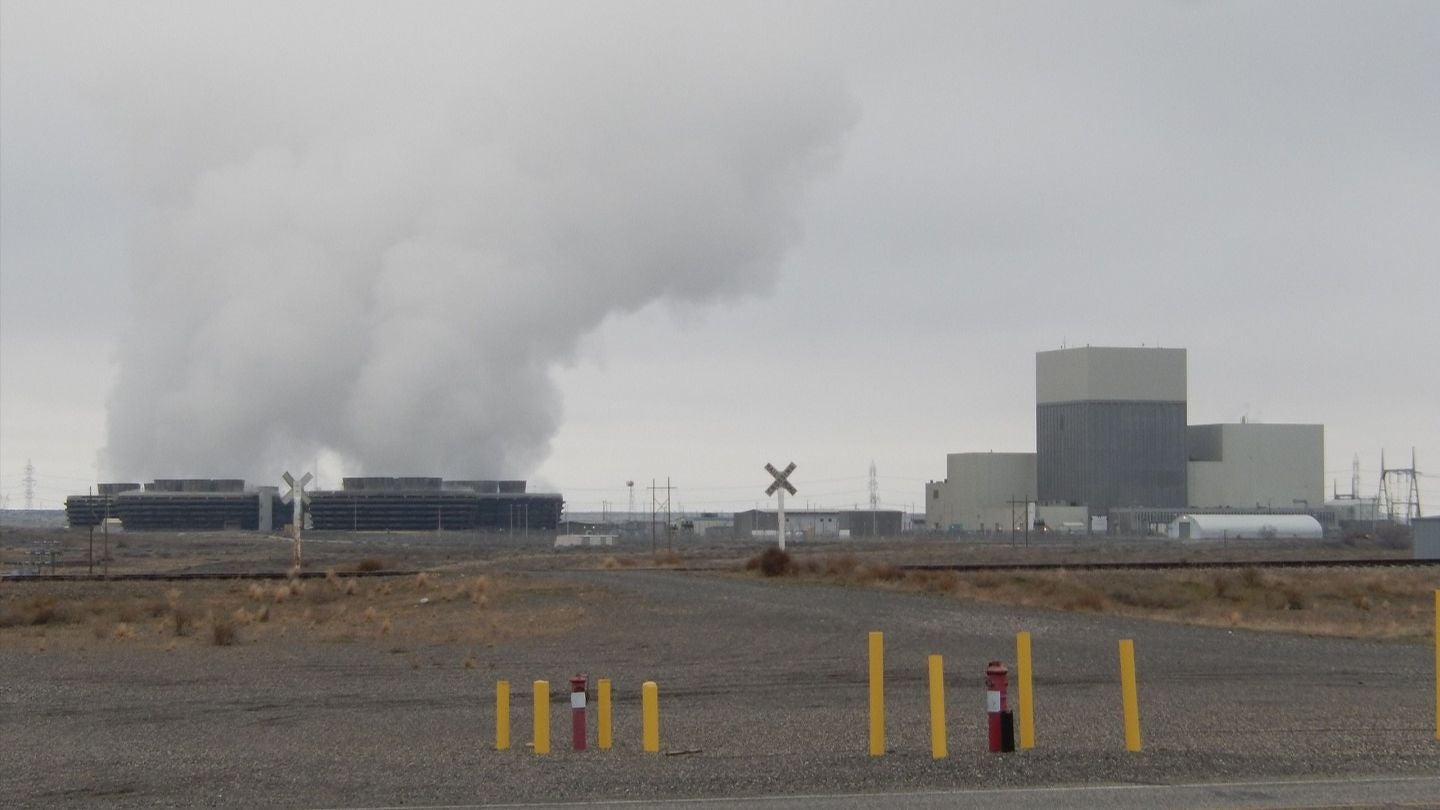
In partnership with Hecate Energy, the US Department of Energy (DOE) will build a 1GW solar farm on the Hanford site as part of the Cleanup to Clean Energy initiative.
The DOE hopes to repurpose the site in Washington state, once used to produce plutonium for the Manhattan Project.

Discover B2B Marketing That Performs
Combine business intelligence and editorial excellence to reach engaged professionals across 36 leading media platforms.
Hecate Energy will be given the opportunity to negotiate a realty agreement with the DOE to develop a gigawatt-scale solar photovoltaic system with battery storage.
The company was selected to develop the project through a competitive qualifications-based process in which the DOE evaluated and ranked proposals.
US Secretary of Energy Jennifer Granholm said: “The DOE is transforming thousands of acres of land at our Hanford site into a thriving centre of carbon-free solar power generation, leading by example in cleaning up our environment and delivering new economic opportunities to local communities.”
The Hanford site, a 580-square mile section of semi-arid desert in the south-east of the state, was established in 1943 and produced nearly two-thirds of the plutonium used in the Manhattan project.

US Tariffs are shifting - will you react or anticipate?
Don’t let policy changes catch you off guard. Stay proactive with real-time data and expert analysis.
By GlobalDataThe Cleanup to Clean Energy initiative seeks to repurpose parts of DOE-owned lands, parts of which were used by the nation’s nuclear weapons programme, to boost US clean energy production.
The initiative was first announced in July 2023, and the DOE has since selected developers for a number of pollution-free electricity projects in Idaho, Nevada, South Carolina and Washington state. At the time the project was announced, Granholm said: “These sites are all safe now, they are completely clean and ready for redevelopment.”
In 1960, nuclear reactors at the Hanford site began to be decommissioned after it was determined that enough weapons-grade plutonium had been produced to fulfil the nation’s needs. Clean-up operations began in the 1980s when 53 million gallons of liquid radioactive waste, 25 million cubic feet of solid radioactive waste and contaminated groundwater were discovered after operations ceased.





